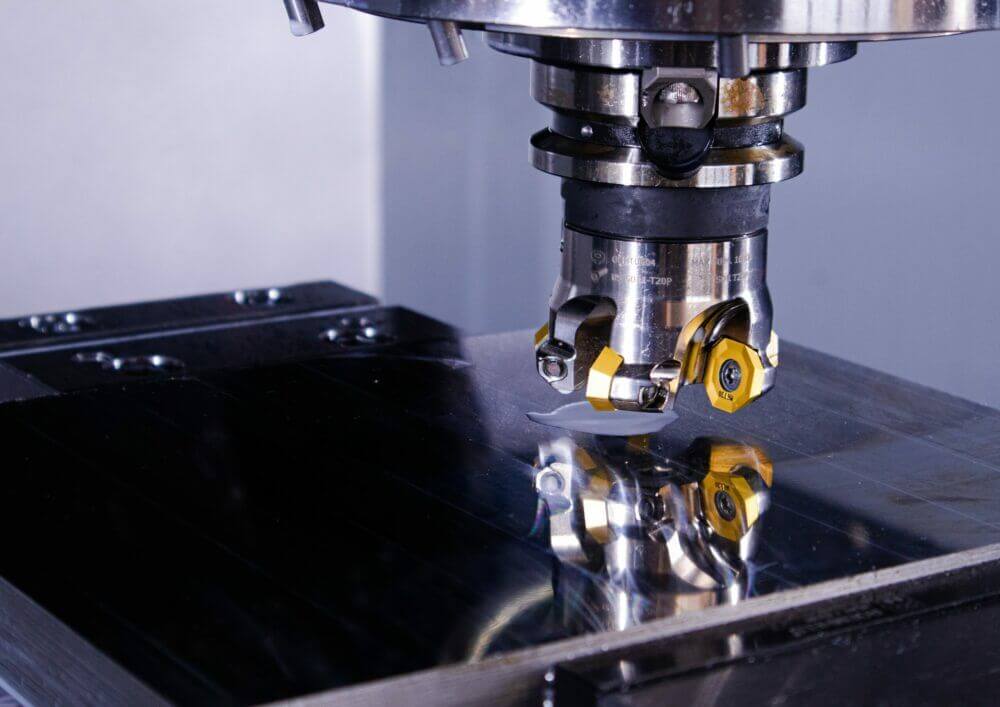In today’s rapidly changing world, the need for sustainable solutions is more crucial than ever. One of the most promising advancements in this realm is the development of biodegradable electronics. These innovative devices offer a promising way to reduce electronic waste and minimize environmental impact. As technology continues to evolve, understanding biodegradable electronics and their potential benefits is essential for both consumers and manufacturers alike.
The goal of this article is to delve deep into the world of biodegradable electronics, exploring their significance, practical applications, and the transformative impact they can have on our planet.

What Are Biodegradable Electronics?
Biodegradable electronics are devices designed to disintegrate and integrate back into the environment after their useful life. Unlike traditional electronics, which contribute to the growing problem of e-waste, these eco-friendly devices are made from materials that decompose naturally over time.
Materials Used in Biodegradable Electronics
The materials play a pivotal role in the development of biodegradable electronics. Researchers are exploring various options, including organic polymers, cellulose, and even silk, which break down without leaving harmful residues.
Additionally, advancements in materials science are paving the way for innovative components, such as proteins and peptides, to be used in these devices. These components not only function efficiently but also minimize the ecological footprint.
Significance of Biodegradable Electronics
The importance of biodegradable electronics cannot be overstated. As the demand for electronic devices continues to surge, the accumulation of e-waste presents a severe environmental challenge. Biodegradable devices offer a promising solution to this problem by providing an eco-friendly alternative.
Reducing E-Waste
The primary benefit of biodegradable electronics is their ability to reduce e-waste significantly. As they naturally decompose, the environmental impact is minimized, alleviating the burden on landfills and ecosystems.
By transitioning to biodegradable options, we can conserve valuable resources and foster a more sustainable relationship with technology.
Environmental Impact
Traditional electronics often contain hazardous materials, such as heavy metals and chemicals, that can contaminate soil and water. Biodegradable electronics, on the other hand, use safer materials that don’t pose the same environmental risks.
Furthermore, the decomposition process of these devices contributes to environmental sustainability, making them a cornerstone in the fight against pollution.
Applications of Biodegradable Electronics
The applications of biodegradable electronics extend across various sectors, showcasing their versatility and potential to drive change in multiple arenas.
Medical Devices
In the healthcare industry, biodegradable electronics are being used to create implantable medical devices that naturally dissolve within the body after their purpose is served. This innovation eliminates the need for surgical removal, reducing patient risk and healthcare costs.
Consumer Electronics
The integration of biodegradable electronics into consumer products is another exciting development. From smartphones to wearable devices, these products are designed to align with sustainable practices, appealing to environmentally conscious consumers.
Environmental Monitoring
These eco-friendly devices are also being used in environmental monitoring. Sensors made from biodegradable electronics can be deployed in natural habitats to collect data without disrupting ecosystems. Once their mission is complete, these sensors biodegrade seamlessly.
Challenges and Future Prospects
While biodegradable electronics hold immense potential, there are challenges to overcome. Issues such as cost, scalability, and performance need to be addressed to ensure widespread adoption.
Performance and Longevity
One of the primary concerns with biodegradable electronics is their durability compared to conventional devices. Researchers are working to enhance the performance and lifecycle of these devices to meet consumer expectations without compromising environmental benefits.
Economic Viability
Another challenge is making biodegradable electronics economically viable. While the initial production costs may be higher, advancements in technology and increased demand are expected to drive down prices over time.
Research and Collaboration
Continuous research and collaboration between industries, academia, and governments will be crucial in overcoming these challenges. By fostering innovation and supporting research initiatives, the full potential of biodegradable electronics can be realized.
The Road Ahead: A Sustainable Future
The burgeoning field of biodegradable electronics holds promise for a more sustainable and harmonious relationship between technology and the environment. As advancements continue, these devices will likely become an integral part of our daily lives, revolutionizing how we interact with technology while prioritizing ecological well-being.
For more information on building a sustainable future through innovative technology, visit [Sustainable Electronics: Building a Greener Future in Manufacturing](https://blinternationalcompany.com/blog/sustainable-electronics-building-a-greener-future-in-manufacturing/) (dofollow).
Conclusion
The journey towards a more sustainable future is both a challenge and an opportunity. Biodegradable electronics offer a glimpse into a technological landscape where innovation and environmental responsibility go hand in hand. By embracing this revolution, we can pave the way for a brighter, cleaner, and more sustainable world.
For more insights into the impact of technology on the environment and industry, check out our articles on [Smart Manufacturing and Global Supply Chains](https://blinternationalcompany.com/blog/the-future-of-global-supply-chains-how-smart-manufacturing-is-changing-the-game/) (dofollow) and how it’s revolutionizing the world of electronics [Custom Electronics Manufacturing and Innovation](https://blinternationalcompany.com/blog/how-custom-electronics-manufacturing-is-driving-innovation-across-industries/) (dofollow).

Frequently Asked Questions (FAQ)
What are biodegradable electronics made from?
Biodegradable electronics are primarily made from organic materials such as polymers, silk, and cellulose. These materials decompose naturally, reducing environmental impact.
Can biodegradable electronics replace conventional devices?
While biodegradable electronics offer many environmental benefits, they are still in the early stages of development. As technology advances, they are expected to become more competitive with conventional devices in terms of performance and cost.
How can I learn more about biodegradable electronics?
For a deeper understanding of biodegradable electronics and their potential impact, you can explore resources like this [guide on electronic prototypes](https://gembah.com/blog/electronic-prototypes-guide/) (nofollow) and research articles from reputable sources.


